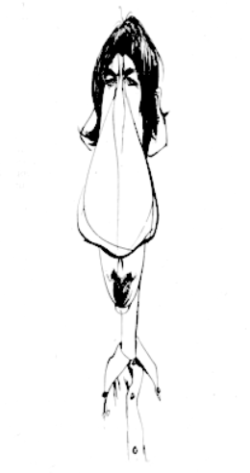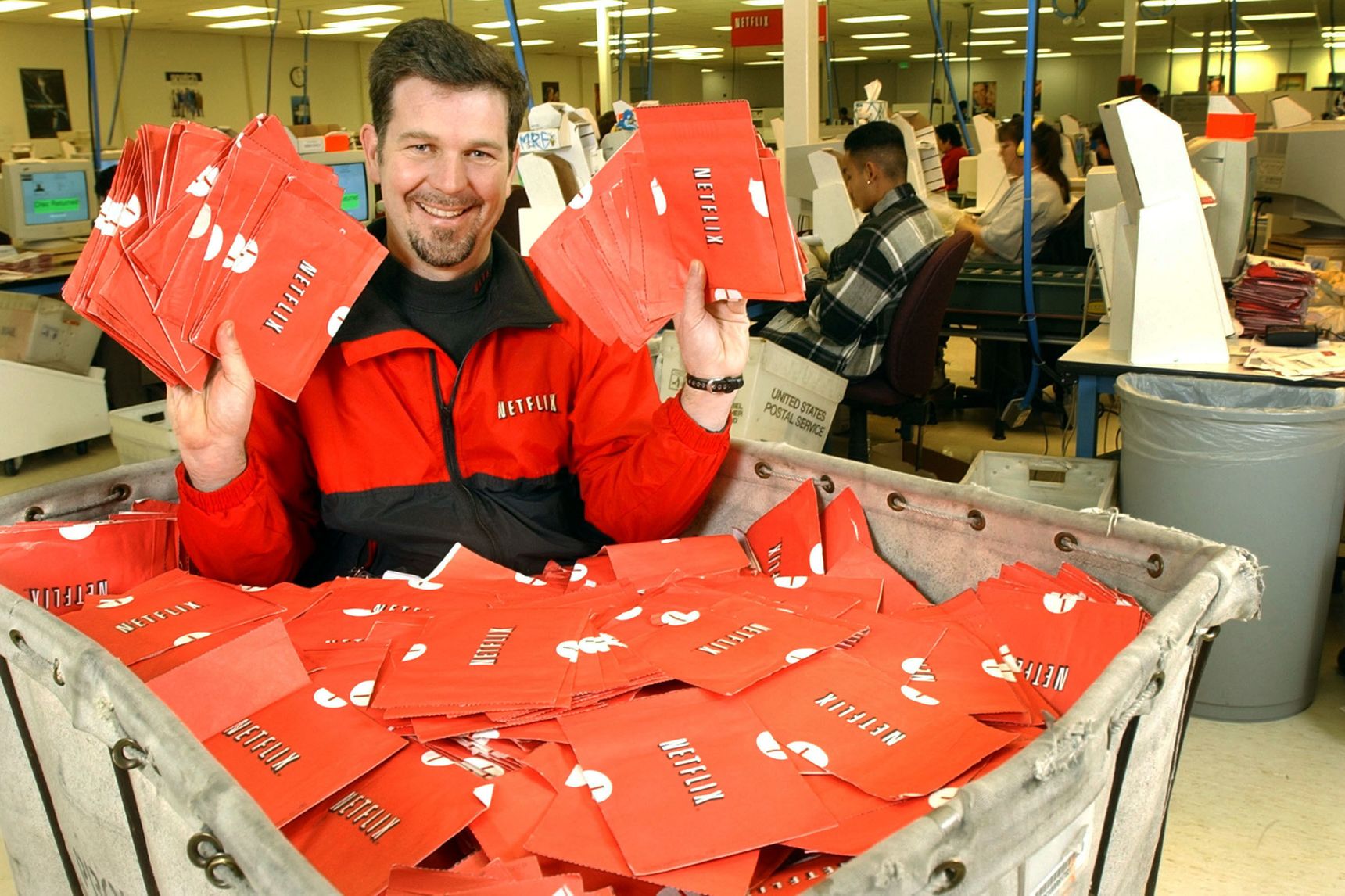 PETER TOWNSHEND IS A 34-YEAR-OLD MAN who has devoted his life to the sound of glandular disturbance. Last week he reasserted that devotion with a series of Who concerts—the band’s first in America since the death of Keith Moon a year ago—that demonstrated convincingly their readiness to go on. With timeless power chords and searchlights arcing over a sea of fists, their five performances at Madison Square Garden were designed to realize arena-rock’s potential as youth-cult celebration. The ironies of the situation — that Townshend has been questioning his role in the youth cult for most of this decade, that new wavers have been challenging his contribution to its music for the last half of it, that neither he nor anybody else onstage could actually be considered young any more — were acknowledged in the songs but not in the performance. For the average fan it was rock and roll as usual, with a new man in the drummer’s seat.
PETER TOWNSHEND IS A 34-YEAR-OLD MAN who has devoted his life to the sound of glandular disturbance. Last week he reasserted that devotion with a series of Who concerts—the band’s first in America since the death of Keith Moon a year ago—that demonstrated convincingly their readiness to go on. With timeless power chords and searchlights arcing over a sea of fists, their five performances at Madison Square Garden were designed to realize arena-rock’s potential as youth-cult celebration. The ironies of the situation — that Townshend has been questioning his role in the youth cult for most of this decade, that new wavers have been challenging his contribution to its music for the last half of it, that neither he nor anybody else onstage could actually be considered young any more — were acknowledged in the songs but not in the performance. For the average fan it was rock and roll as usual, with a new man in the drummer’s seat.
In choosing Kenny Jones to fill that seat, Townshend, Roger Daltrey, and John Entwistle (who as teenagers had picked Moon to replace another drummer 15 years earlier) found an interesting way out of a very tricky situation. Moon was as close to irreplaceable as a drummer can get: his performing style was not only utterly unique—instead of laying the foundation for the group, he kept them from settling onto one—but central to what the Who was about. Onstage or off, it was Moon’s function to confound gravity, to make chaos happen. Jones is an excellent but conventional rock drummer, exciting but not inspired, who’s done mostly session work in the four years since the breakup of the Faces. In no way does he compete with Moon’s memory. But since the Small Faces, Jones’s old band, were getting started in the East End of London while the Who were playing for the Mods in Shepherd’s Bush, West London, his selection has its own kind of historical resonance.
Before and After Punk |
A mild-mannered music reporter goes to this dive bar on the Bowery. . . |
Why Elvis?The King was just a sweet mama’s boy whose vague dreams of stardom took him places he’d never dreamed of.
|
Minimal and MysticalWhat does “Einstein on the Beach” have to say to us in this post-Minimal era?
|
Laurie Anderson, Multimedia Techno-WaifA spiky-haired extra-terrestrial stumbles forward into the future.
|
A Rotten Success StoryPublic Image Ltd.: Are they committing rock’n’roll suicide, or are they simply boring?
|
Dee Dee Ramone Didn’t Wanna Be a Pinhead No MoreSo the New York rocker who practically invented punk kicked heroin, bought a dinette set, and married Vera, who was, you know . . . normal.
|
Discophobia!Rock & roll fights back.
|
Peter Townshend Gets Old Before He DiesThe leader of the Who has been questioning his role in the youth cult for most of this decade.
|
Elvis Costello Wins Friends and Influences PeopleLast Friday afternoon, the avenger had some explaining to do.
|
Danny Fields Is a Number-One Fan“When I first saw the Ramones I went up to them after the set and—‘You guys are great! You guys are great!’ That’s all I could say.”
|
Four Conversations with Brian EnoHe can look into an interviewer’s face and measure the determination to report something weird.
|

 September 24, 1979
September 24, 1979




